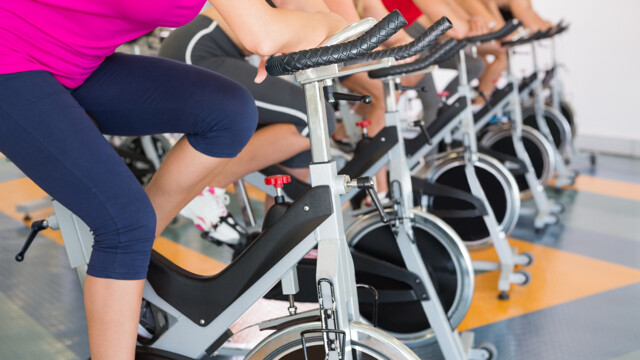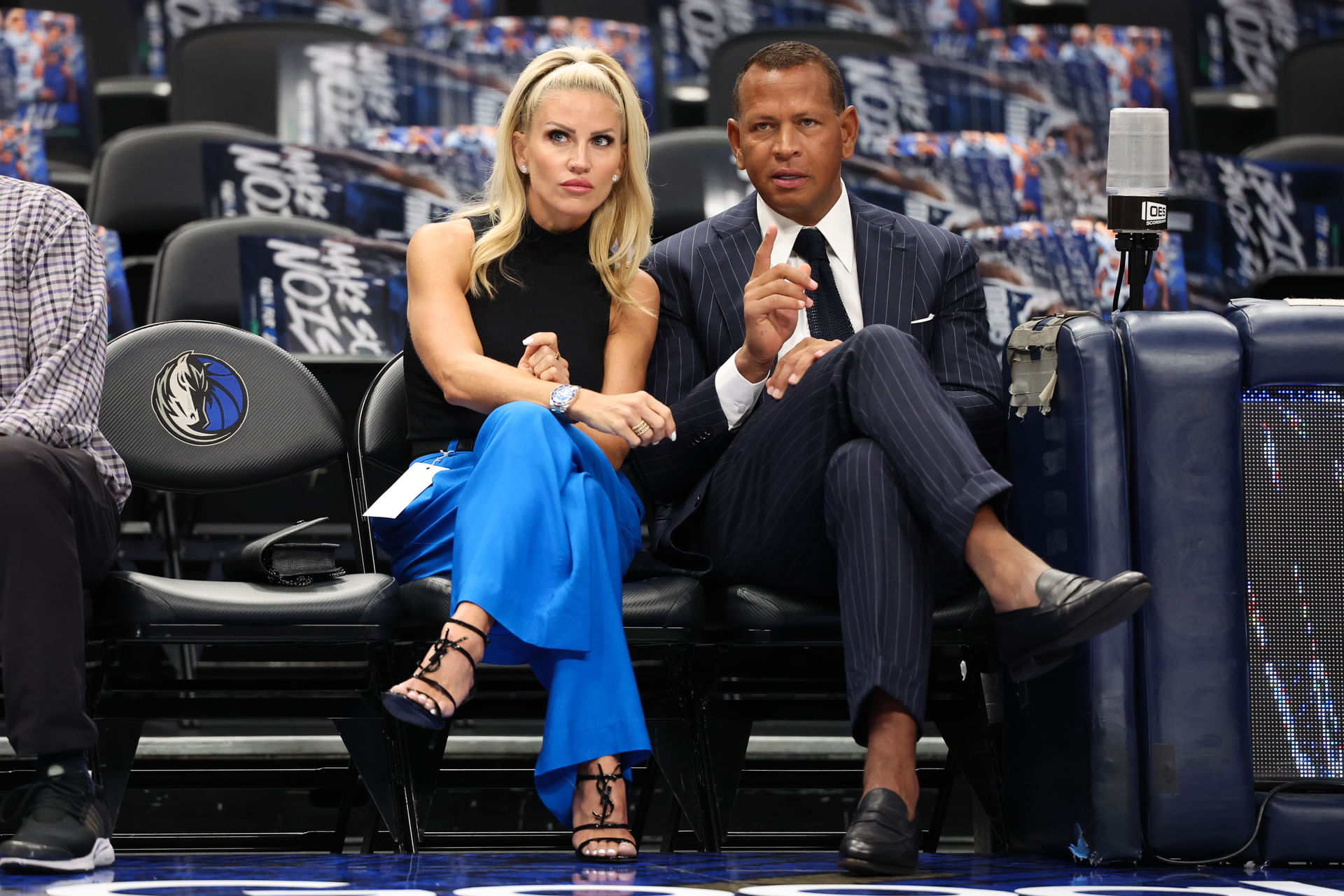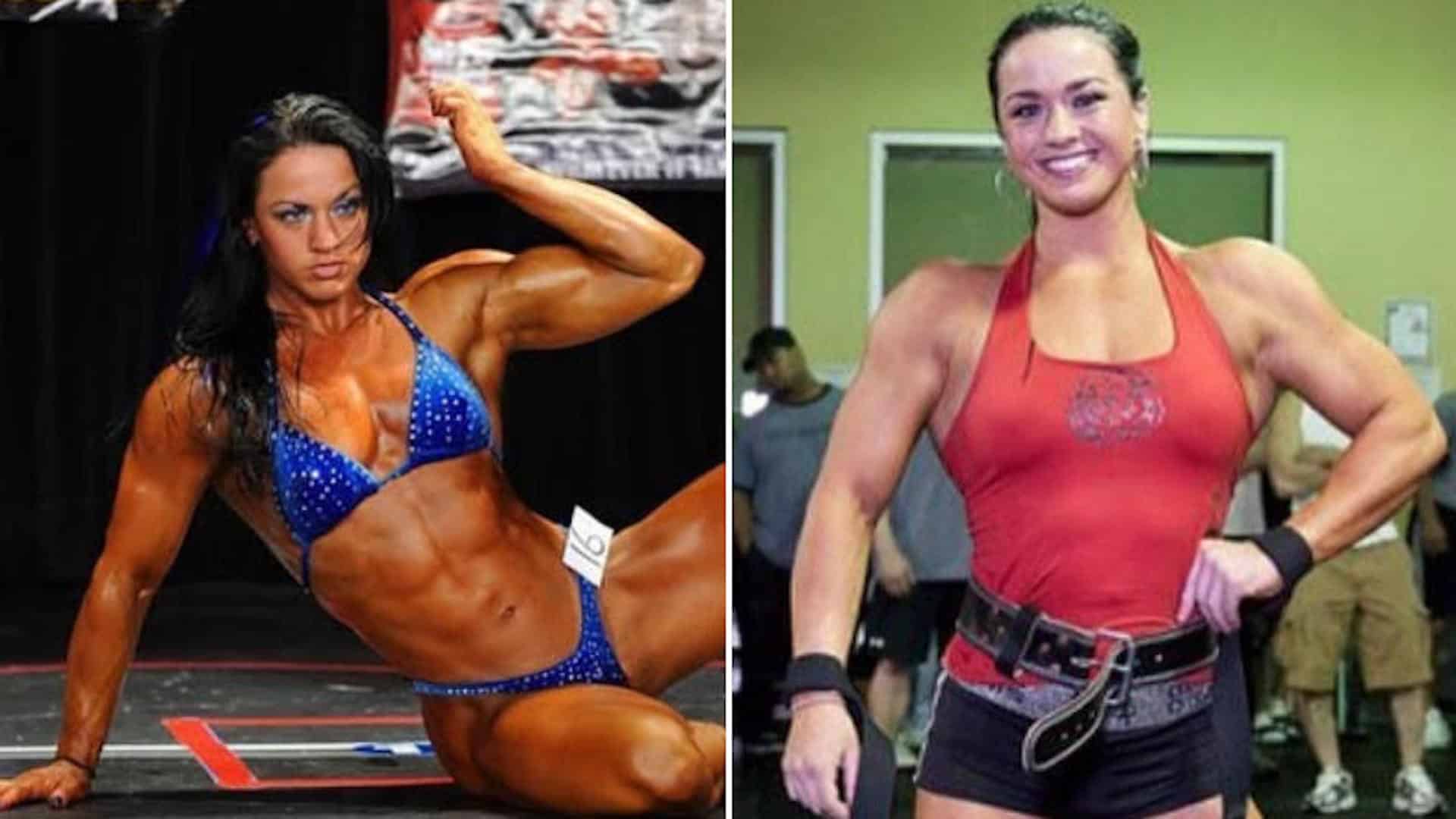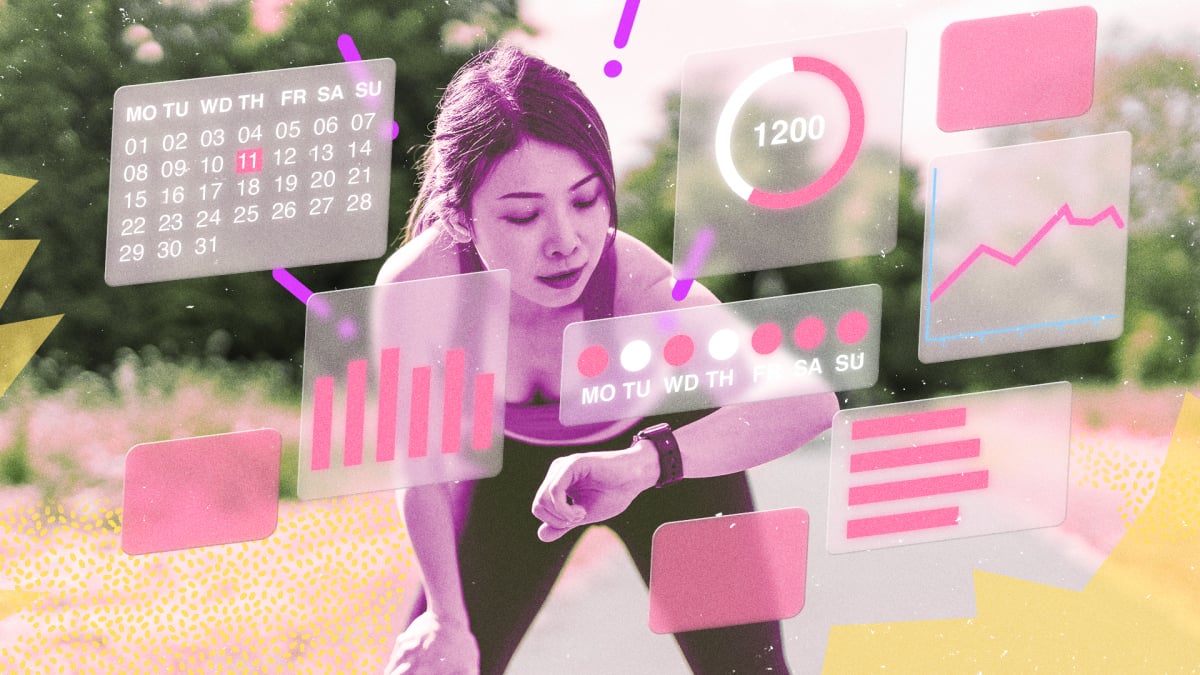
Photo: Contributed
More hours in spin class is not the way to reduce belly fat, says columnist Tania Gustafson.
If you’ve been running on a treadmill, riding a spin bike or doing endless cardio classes in the hope of finally losing that stubborn belly fat after 50—this is for you.
For decades, women have been told more cardio is the key to weight loss. When belly fat starts creeping on in menopause, the natural reaction is to do even more—more miles, more spin classes, more hours on the elliptical.
But here’s the truth—too much cardio is actually making it harder for you to lose belly fat.
Let me break it down and talk about what really works after 50.
Cardio has its place but when it comes to fat loss after 50, especially in menopause, too much cardio backfires. The reason? Stress and cortisol.
When you do long-duration cardio—especially at high intensity—it spikes cortisol, your body’s primary stress hormone. And when cortisol is elevated for long periods, it signals the body to store fat—particularly in the belly. Why? Because your body perceives stress as a threat and holding onto fat is a survival mechanism.
Too much cardio equals chronically elevated cortisol and that equals increased belly fat storage.
If you’ve ever noticed that despite all your efforts, your midsection feels more bloated and softer instead of leaner and more toned, that’s cortisol at work. The problem with relying on cardio alone is:
1. It breaks down muscle – After 50, you’re already losing muscle at a faster rate due to declining estrogen and testosterone. Excess cardio accelerates this muscle loss, which in turn slows metabolism.
2. It increases hunger and cravings – Have you ever finished a long cardio session only to feel ravenous and craving carbs? That’s because cardio depletes glycogen (your stored energy), triggering hunger hormones and making it harder to make healthy food choices.
3. It doesn’t shape your body – Cardio may burn calories in the moment, but it doesn’t build lean muscle or improve body composition. Without resistance training, you’ll lose both fat and muscle, leading to that “skinny fat” look rather than a toned, lean body.
If you want to lose belly fat and firm up, maintain a healthy metabolism and feel strong well into your 50s and beyond, you must prioritize strength training. Lifting weights and resistance training builds lean muscle. More muscle equals a faster metabolism.
Muscle is metabolically active, meaning it burns more calories even at rest, long after your workout. Building muscle helps reduces cortisol. Unlike excessive cardio, resistance training doesn’t trigger the same prolonged cortisol spike. Instead, it helps balance hormones and improves insulin sensitivity, making it easier to lose fat.
More muscle mass supports bone health and strengthens joints. As estrogen declines, women are at a higher risk for osteoporosis and joint pain. Strength training improves bone density and joint health, reducing injury risk.
Strong is the new sexy. Lifting weights doesn’t make you bulky. It helps create a lean, sculpted look by replacing fat with firm, toned muscle. You don’t need to become a bodybuilder or spend hours in the gym. The goal is to stimulate muscle growth while keeping cortisol low. Here’s what works best:
• Weight lifting – Squats, deadlifts, lunges, rows and presses using dumbbells, barbells, or resistance bands
• Bodyweight exercises – Push-ups, planks, step-ups and squats work well if you’re just starting out
• Shorter, smarter cardio – Swap long-duration cardio for short bursts of high-intensity interval training (HIIT) or walking with incline to avoid excessive cortisol spikes
Start where you’re at and go from there. If you have never lifted before, I highly recommend hiring a trainer or consulting one at your local gym for proper body alignment. Aim for three to four strength sessions per week and you will start to see and feel results without overtraining.
Lifting weights is only part of the equation. If you want to lose fat, you must balance your blood sugar and that means fuelling your body with enough protein. Without enough protein, your body can’t repair or build lean muscle after workouts. Protein helps keep you full. Unlike carbs, protein keeps you feeling satisfied longer and helps prevent cravings. That lone banana before or after a workout is not your friend.
Protein also has a thermogenic effect, meaning your body burns more calories digesting it than it does with carbs or fats.
Aim for at least 20g to 30g of protein per meal. That can include chicken, fish, eggs, Greek yogurt, cottage cheese, grass-fed beef, lentils and clean protein shakes. Whatever you do, don’t skip breakfast, and start your day with protein to set the tone for balanced blood sugar and hormonal balance.
If cardio is your go-to but you’re still struggling with belly fat, it’s time to shift your focus. I invite you to swap out your cardio sessions for strength training three to four times a week, prioritize protein first thing in the morning and at every meal, in order to give your body time to reduce stress, bring down cortisol and recover. This approach will not only help you lose belly fat, but will also keep you strong, energized, and confident well into your 50s, 60s and beyond.
For more information and strategies you can use to create hormonal balance, master menopause and move from just surviving to thriving, register for Tania’s Menopause Masterclass webinar. Registration is free, but spaces are limited.
This article is written by or on behalf of an outsourced columnist and does not necessarily reflect the views of Castanet.




